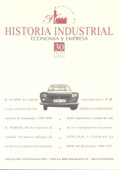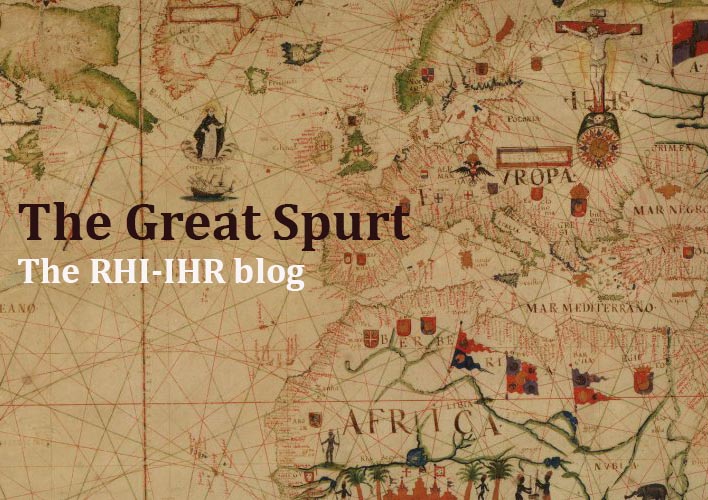The livestock ovine of the Monastery of Guadalupe, 1598-1698: lower land and labour costs, and improved profit margin
DOI:
https://doi.org/10.1344/rhi.v15i30.19619Keywords:
Cattle, Stabled Sheep, Extremadura, Wool, XVIIth centuryAbstract
A number of economic variables pertaining to the stabled sheep flock of the Guadalupe Monastery are analysed in this paper. Variables include production, cost and profit margin, as derived from the Monastery’s Cattle Sheet’s (Hojas de Ganado) in the XVIIth century. However, a broader objective is also aimed for in this paper: to shed some light on the movements in the profit margin of the main stabled sheep exploitations in Extremadura and Castile in the XVIIth century, and for that purpose price series of yields and factor cost are used. Main conclusions of the paper are: 1) economic results in the Guadalupe Monastery were rather poor until 1640 and improved considerably afterwards and 2) the improved profit margin was mostly the result of lower land labour costs and not so much of higher prices for the two main yields, wool and meat.Downloads
Downloads
Published
How to Cite
Issue
Section
License
The author assigns all rights to the publisher. Creative Commons
The author who publishes in this journal agrees to the following terms:
- The author assigns all intellectual property rights exclusively to the publisher for the entire duration of the applicable intellectual property rights.
- The publisher will distribute the texts under the Creative Commons Attribution License, which allows others to share the work, provided that they acknowledge the authorship, its initial publication in this journal, and the conditions of the license.





